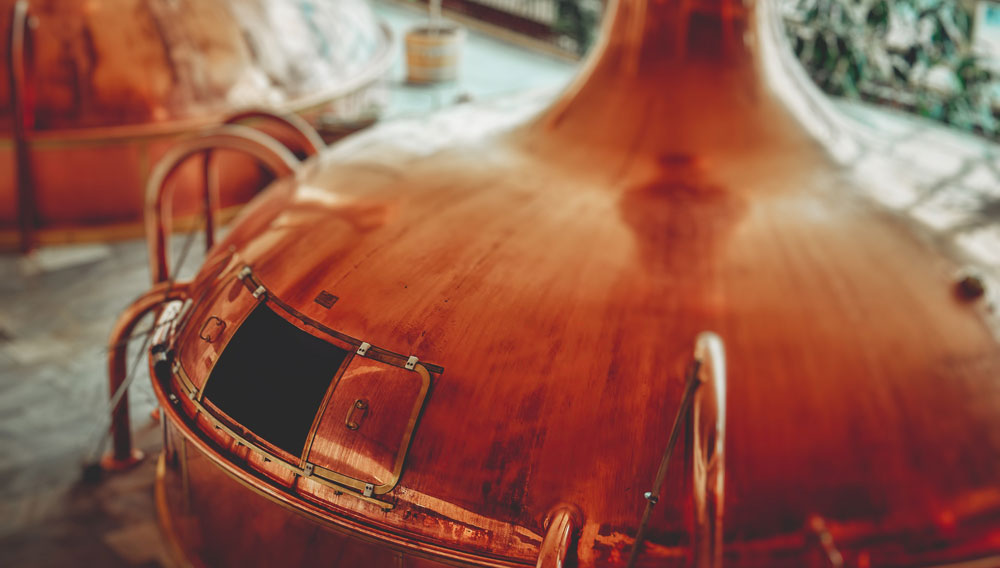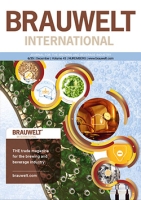Possibilities for Optimising Wort Preparation – Part 5
Wort preparation geared to reducing DMS can be calculated and predicted. On that basis, the fifth part of this series of articles describes process equipment improvements in the brewhouse resulting in previously unattainable energy reduction for evaporation.



 6 print issues
6 print issues